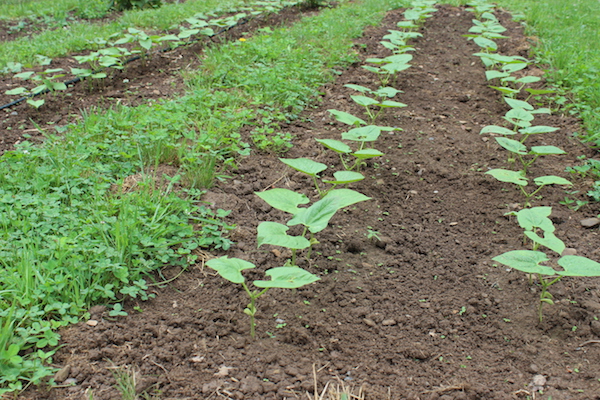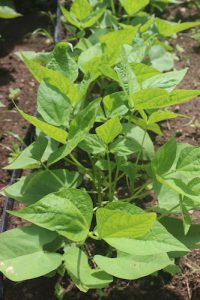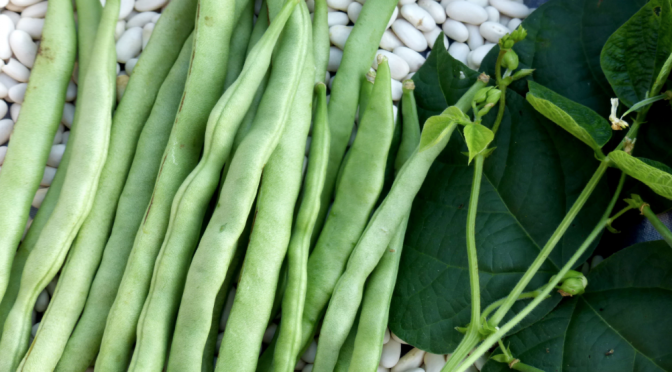One of the easiest to grow, most productive crops for any garden is dry beans. With pole and bush varieties available, they’re well-suited to any size garden. A tidy row of bush beans can be tucked in alongside other crops. Pole beans require trellising and are perfect for Three Sisters Gardens or growing along fences to save space.
Recommended Varieties
The pandemic surge in seed sales has severely affected our inventory. However, the varieties listed below are still in stock. We’ll also have more seed available November/December 2020.
Bush beans:
Pole beans:

How to Grow
Beans can be grown in nearly any well-drained garden soil. They thrive in soil where the pH is above 6.0. To have a steady supply, plant beans every three weeks. In the Deep South, you can plant beans in the spring as well as fall and early winter.
Beans should be planted about 1 inch deep and 2 inches apart for bush beans and 4 inches apart for pole beans. Thin to 4 inches apart (bush) and 8-12 inches apart (pole).
 Harvest
Harvest
If desired, many drying beans also make excellent snap beans if picked when they’re young and tender. To harvest dry beans, wait until the pod turns brown and dry out. Pick before rains to avoid the beans molding in the pods.
Spread the pods in a single layer and allow them to dry for 2-4 weeks before shelling.
Threshing
If you just grew a small patch of dry beans, you can certainly shell them by hand. However, for larger amounts, you’ll probably want to thresh and winnow your beans.
One method is to spread out your beans on half of a clean tarp or drop cloth. Fold the other half over the beans and walk on it or hit it with a stick. Alternatively, place your beans in an old pillowcase or sturdy bag and beat it against the ground or a post. These methods break up the dry shells allowing the beans to fall out.
Winnowing
Next, you’ll need to remove the shells and debris or “chaff” from the beans. Thankfully, the chaff is much lighter than the beans and can easily be separated with a couple of buckets and a box fan.
Place your beans in a clean bucket and place another empty bucket in front of a fan. Slowly pour the bucket of beans into the other empty bucket. The beans should drop straight down while the chaff blows away. You may have to do this a few times before you get it all.
Traditionally, beans and grains were winnowed using a large flat basket and the wind. Using the basket the beans were tossed into the air and were caught with the basket while the chaff blew away.
Storage
To ensure the beans are fully dry, lay them in a single layer for another week or so. Then you can pack your beans into airtight containers. Store them somewhere cool out of direct sunlight.

